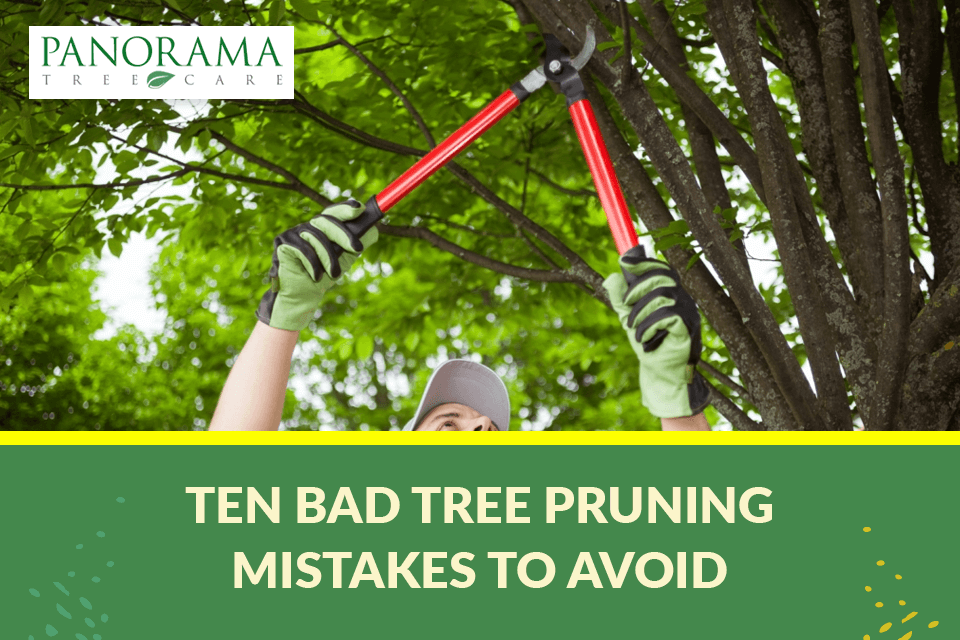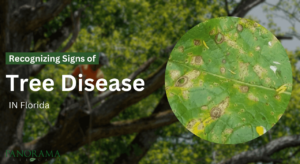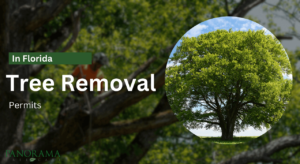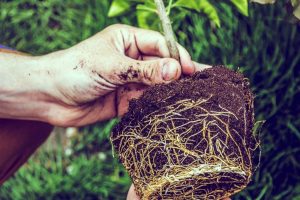Pruning is an essential part of gardening. Bad tree pruning can not only cause your tree to have an awkward structure or improper weight balance, but it can also lead to the tree getting infected, diseased, or having its growth stunted.
However, if you do wish to go at it alone, we are now going to provide you a list of 10 things that you should NOT do while pruning your trees.
Improper Tree Pruning Mistakes to Avoid
Using Blunt Tools
This is one of the most common mistakes made during pruning, and understandably so. Everybody wants to get done with the pruning as soon as possible. So, sometimes they gloss over the part where they were supposed to sharpen the shears.
Using blunt shears for pruning is incredibly difficult. Not only would you have to apply more force to get the job done, you would also need to have extra maneuverability to prune the tree exactly as you want it.
Apart from the obvious extra work on your part, blunt tools may cause the plant to suffer trauma at the regions where the tools are used and lead to stunted growth.
Using Dirty Tools
Often, while pruning, you will see people just getting to it with the tools that they have without even washing them before using. And it is important to clean the tools constantly after trimming a few branches.
And if, by any chance, you happen to trim a diseased or infected branch or twig with the tools, then you should definitely clean the tools before using them on a healthy part of the tree.
The most important reason behind this is to prevent the spread of infection and diseases in the plants.
Incorrect Cut
Before you start pruning, it is important to have a clear view of exactly what you want. Pruning is not an extempore activity that you just pick up your shears and start pruning whatever you want.
If you wish the best for your plants, then you should have a clear idea regarding what you want before you start pruning. A bad or an incorrect cut at the wrong place can not only hamper your vision for the tree but can also lead to weight imbalance and stunted growth of the tree.
A poorly placed cut can compromise the structure of a tree permanently. That’s why many homeowners rely on our expert pruning team Tampa Bay to avoid costly mistakes and ensure precise, healthy results.
Heavy Pruning During the Growth Season
Timing of pruning is also an important aspect to be considered. Spring is usually the time when trees grow the most. So, if you trim heavily during this season, you will not only risk the plant suffering from stunted growth, but you will also cause the tree to lack photosynthesis.
This can cause the onset of severe diseases which might lead to problems in the future for the plant, and might even cause the tree to die.
Light Pruning During the Dormant Season
This is the opposite end of the spectrum. Winter and autumn are usually the seasons when heavy exfoliation takes place.
So, the trees will not have much leaves and are usually dormant as compared to other times of the year. So, almost all the heavy pruning that needs to be done is to be done during this time.
Over-Pruning
This is a constant risk while pruning no matter the season. Some plants require little to no pruning to stay in shape while other plants require comparatively more pruning. You need to have a thorough knowledge of the requirements of each plant before you start pruning.
Else, chances are you might end up over-pruning and ruining a perfectly healthy tree that was in good shape. Every tree has a specific healing capacity. If you prune beyond the healing capacity of the plant, you are only adding to the stress of the tree and are risking the onset of life-threatening infections.
Not Pruning
After reading through the first 6 mistakes, you might decide to let your plant be. Then you would be making mistake number 7, i.e. not pruning at all.
While pruning is not essential to the growth of many plants, it is still required to rid them of diseased and dying parts.
Removing the Top Branch
While this is applicable mostly for trees and some shrubs, this can cause tremendous stress to the tree which can also ultimately lead to its drying up and death. So, while pruning, make sure you do not harm the central leader – the main branch that promotes upward growth.
Pruning Without Purpose
You should not prune just because you feel like it or you want to do some gardening. As long as there is no evident need, stay away from pruning as you are likely to only cause harm to the plant.
Leaving Branch Stubs
This is a common mistake which can prove deadly for the plant. Stubs, if left unattended, have the highest risk of contracting infectious diseases. So, make sure you remove the stubs all the way through.
Enlist the Help of Professionals
Save your trees from stress and unnecessary damage—avoid pruning mistakes with Tampa pros who understand the science behind each cut and the timing that works best.
Don’t let a wrong cut ruin a healthy tree. Contact Panorama Tree Care today for professional pruning done right—with safety, precision, and your landscape’s long-term health in mind.








One Response
Thanks so much for pointing out that pruning cannot be done without the proper knowledge of what you want. My sister planted a few trees in her yard and she’s hoping they’ll get big and fill out her soon-to-be gardens. We’ve been looking into hiring a tree service she can hire to help her trim the trees so they can promote growth.